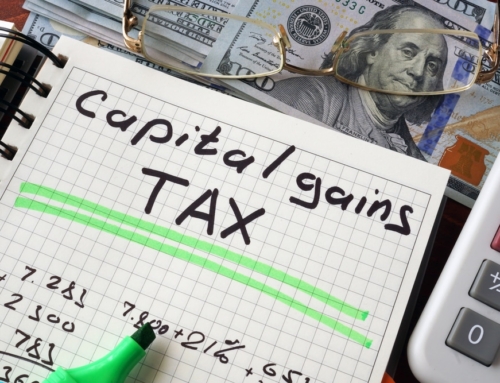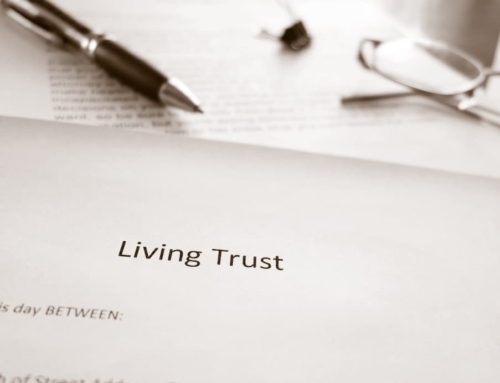Why does the gathering of tax records seem to be such a difficult and onerous task? One year, we had a client who simply could not get us the amount of her mortgage interest payment until the afternoon of October 15 —by which time our office was closed for tax season.
The good news is that gathering tax information and filing taxes is easier than ever before. Most documents can be easily downloaded from “the cloud.” The main thing you need to access everything is a free copy of Adobe Acrobat reader.
- Most banks offer online statement copies and may also provide copies of cancelled checks and deposit records.
- All credit card companies provide online statements. Some even include categorized summaries of your purchases.
- Mortgage and loan data is all online or can be recovered by calling the lender’s computer by phone.
- PayPal and most shopping cart applications allow you to export your receipts and payments in a variety of formats, including QuickBooks, so you can generate meaningful accounting reports.
- Most brokerages and investment houses provide profit and loss reports that can be directly imported in a variety of tax software. If they don’t, they will at least give you decent summaries or detail you can use in your tax return.
- Missing W-2s or 1099s? Just file an extension and get the printouts from the IRS in May. All you need is a Form 4506-T to get them all—free. Or, if your employers use a large payroll service, you just might be able to log in and download the data. Many companies participate in the W-2 Express system. You might be able to find your W-2 there.
- Traveling a lot? You’ll find much of the related information among your credit card statements. But if you use a particular travel site or sites regularly, you may also be able to print out your purchases and itinerary for the year.
- Paying for tolls or travel passes regularly? Most state and local transportation and highway agencies have your records online. But download the information early in the year—they may not keep it on file past the end of March.
- If you have made large charitable contributions to religious institutions, know that the recipients will likely send out annual statements summarizing your donations. However, if you don’t get one, it’s probably not going to be available online, so you will need to contact the institution directly.
- Remember to contact your doctors and/or pharmacies for printouts of payments to them. Your insurance company may also have records of costs it did not reimburse. This will save time since you won’t need to go sorting through all those medical receipts.
What if you can’t find critical data online or from third parties?
You’ll just have to resort to calling and collecting paper. Start with four things:
- Your 2011 tax return
- Your 2012 check registers
- Your 2012 appointment calendar
- That box or drawer where you dumped miscellaneous receipts all year
Looking at your last tax return can help identify routine sources of income and expenses. Your 2012 appointment calendar can remind you about things you’ve done, places you’ve been, major purchases you made, or even about medical procedures you might have had.
And finally, you should pore through your check register and that drawer or bag of receipts to see if you have the paperwork related to all the relevant expenses. Yes, this can take time. (Take a deep breath—slowly. Let it out. Repeat.) But if you do it now, you’ll be able to file your tax return earl—and get that refund sooner.
Eva Rosenberg, EA is the publisher of TaxMama.com , where your tax questions are answered. Eva is the author of several books and ebooks, including the new edition of Small Business Taxes Made Easy. Eva teaches a tax pro course at IRSExams.com and tax courses you might enjoy at http://www.cpelink.com/teamtaxmama.
[amazon_link asins=’B01FJ6ZHA2,B009YPRRZ8,B01DETR9GQ’ template=’ProductCarousel’ store=’thinkglink-20′ marketplace=’US’ link_id=’3fe06f4a-2c7c-11e8-9660-79adce1b0b81′]






